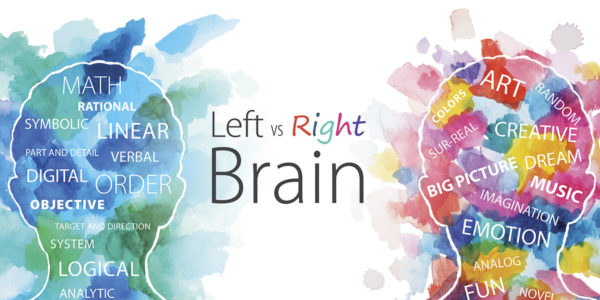According to Evan Shapiro, President of Participant Media’s television division, “every eighteen months or so, someone declares that TV is dead.” With the advent of the DVR and online television, many “experts” are prophesizing the end of live television. They say that because of the amount instant gratification at our fingertips, soon no one will invest in giant plasma screens or sit through commercials but will resort to watching their tiny computers without DVRs.
- However, according to Nielsen’s Cross-Platform Report for the first quarter of 2013:
- The average American spent about six times more time watching live TV than on the web.
- 97% of all video was viewed on a television. Less than 3% was viewed online.
- About 1/2 of 1% of video viewing was done on a mobile phone.
- Average live TV viewing increased by more than 1.5 hours a month compared to last year.
- 92% of TV viewing was done live. 8% was time-shifted (DVR.)
- TV viewing remains at record high levels.
What these so-called experts probably mean to say is that the TV anyone over 35 knew from their childhood is dead. In the 1970’s, television viewers sat down simultaneously at the same time to watch the same program. Subsequently, shows like All In The Family had 67 million viewers whereas today, top shows like American Idol and Modern Family garner 21 and 14 million viewers, respectively. By numbers, these current shows seem like less of a success, but no one can deny that they are some of TV’s biggest hits.
This discrepancy does not mean that television is dead. Quite the contrary. With the help of cable, DVRs, online streaming and the like, networks can now create niche shows which appeal to smaller and more targeted audiences like Mad Men, Game of Thrones or any show on TLC. In fact, television is thriving. Since networks no longer have to appeal to the masses, TV is now a cornucopia of programming with adamant followings. Despite these smaller audiences, too, the average American has added 25% more TV viewing to his life because of the multiple platforms he has to watch on.
And TV advertising isn’t going anywhere either. Advertisers need the high quality impressions and reach that TV offers, however; they may need to adapt to changing viewing patterns. While more than 90% of television is still watched live or near live (within 24 hours), DVR’s make it possible to skip advertisements. Nothing can be done to make viewers watch ads, but we might be able to make them want to watch them.
Hulu serves as a good example for personalized ads. Viewers must actually watch an ad before returning to their show, but they are given an ad that Hulu finds appropriate for the target based on the show’s demographic. Therefore the ad is more personal and relevant to them, and they’re more likely to watch it in its entirety. The partitioning of audiences among different television programming makes this personalized advertising an ideal format, because it’s not commercials that viewers hate, it’s irrelevant ones.
Think of the Super Bowl. Many people watch it solely for the commercials – not because they’re trying to discover new product, but because they are entertaining. If networks cater the commercials they air to the audiences watching specific time slots they might increase the effectiveness of their televised spots. People just want to be entertained after all, and if they’re enjoying the commercials, they’ll watch them.
Television is far from dead. Evolved, but there’s still a strong pulse. It remains by far one of the strongest mediums out there and will continue to until a technology even better comes along. If ever. Long live TV.
Sources:
- forbes.com | Evan Shapiro On Why TV Isn’t Dead And How Marketers Need To See It | MAY 9, 2012
- Nielsen
- The Ad Contrarian









